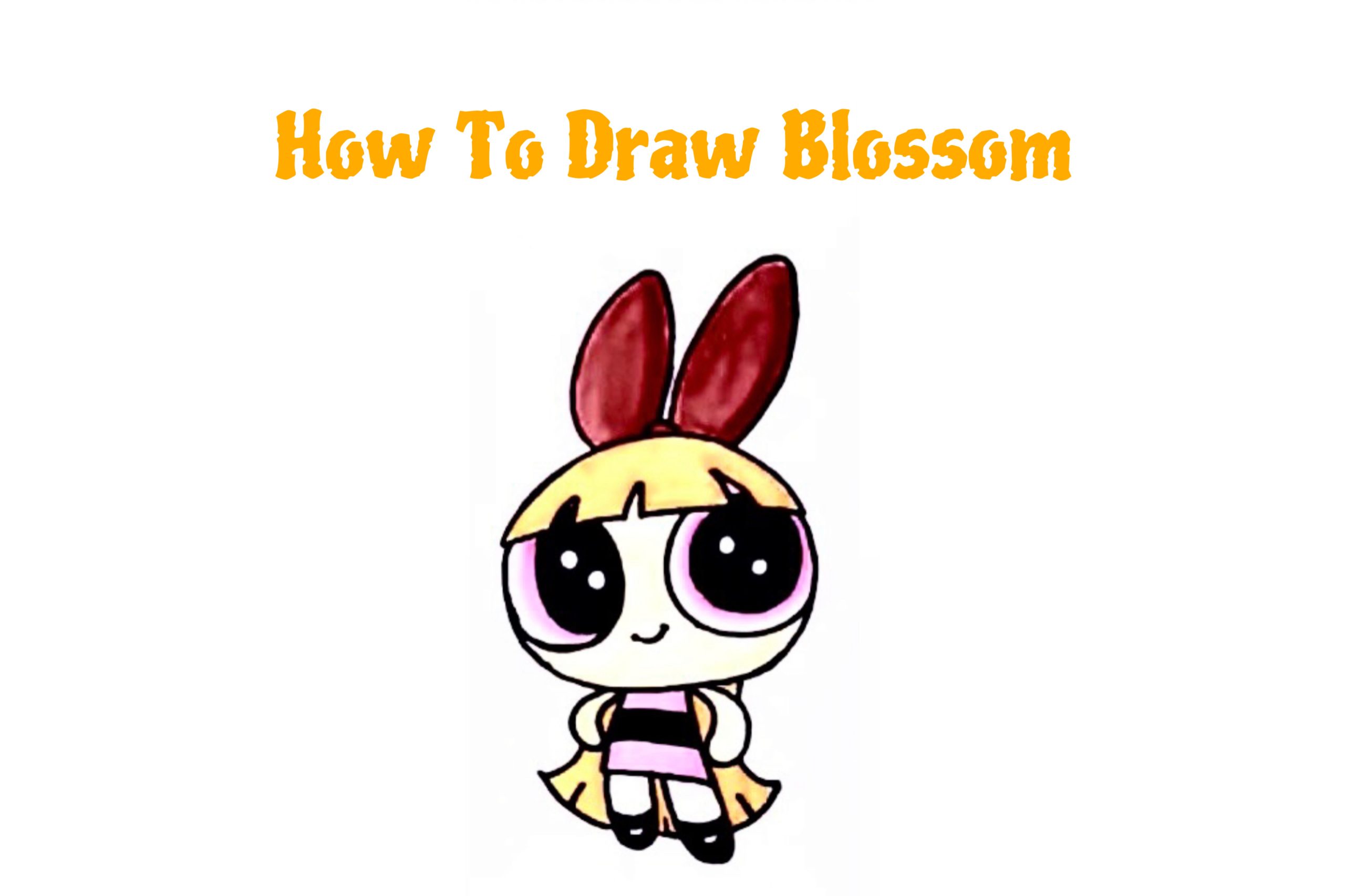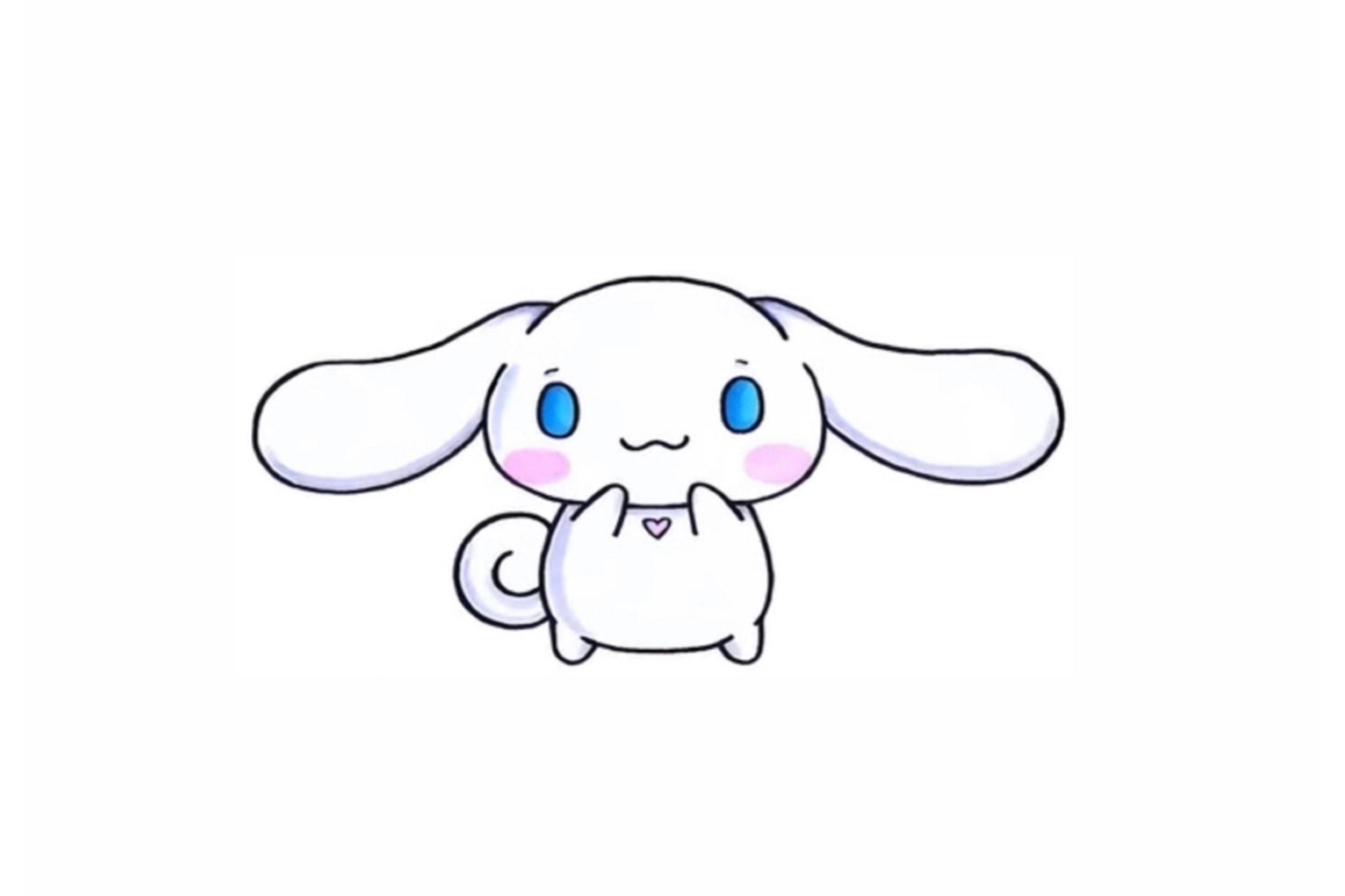Creating art with natural dyes fuses nature’s essence with our creative spirit. We invite you to join us in exploring how to create visually stunning works of art using natural dyes!
I – The Appeal of Natural Dyes
1. Introduction
Natural dyes are colorants derived from plants, invertebrates, insects, fungi, or minerals. Most natural dyes are plant dyes, their primary sources being various parts of plants such as roots, stems, seeds, bark, leaves, and wood. Other biological sources include fungi, snails, insects, etc. Nature was the primary source of dyeing substances before chemical dyeing. Our ancestors extracted and formulated dyes from these natural sources. Although entirely natural materials cannot produce colors, some elements, excluding plants, produce expensive colors, like sea snails, Cochineal insects, etc.
2. History of Natural Dyes
The exact time when the use of these natural colors began is still unknown. However, the first use of natural dyes was found around 2600 BC. Besides, the colorful paintings in the “El Castillo” cave in Spain show that these paintings were made about 40,000 years ago. The oldest paint was found in prehistoric caves in the Republic of ‘Georgia’ circa 34,000 BC. Further evidence of textile dyeing comes from the ‘Neolithic’ of southern Anatolia, where an iron oxide pigment, which can have red stains, seen from heads suggests that plants, trees and insects were dyed in China about 5000 years ago. Data shows that dyeing was done by plants, bark, and insects in China about 5000 years ago. In addition, the earliest evidence of dyeing comes from the Sindh province of Pakistan, where a piece of cloth dyed with plant dye was recovered from the archaeological site Mohenjo-Daro.
II – Benefits of Using Natural Dyes in Art
Aesthetic Appeal and Enduring Beauty
One of the most significant benefits of using natural dyes in art is the subtle and enduring beauty of the works. Colors from natural dyes have a warmth and depth that is hard to find in industrial dyes. They can resist fading, helping the works maintain their beauty over time.
Environmentally Friendly
Using natural dyes allows artists to deeply connect with the world around them. From searching and discovering colorant sources to extracting and creating colors, each step is an exciting and inspiring experience. Artists can explore nature’s hidden beauty and convey these feelings and messages.
Encourage Creative
Artists can develop new and unique shades whenever they mix colors or change extraction methods. This encourages creativity and pushes designers to constantly innovate and try new techniques and approaches.
And with those, natural dye has some unique benefits:
Not harmful to health.
Dyes may be easily extracted and purified from a variety of natural sources.
There is no effluent generation.
Natural coloring is highly durable and sustainable.
Has gentle dyeing conditions.
Natural dye is a renewable resource.
Natural dye causes no allergic, carcinogenic, or toxic responses.
Natural dyes have a high UV absorption capability.
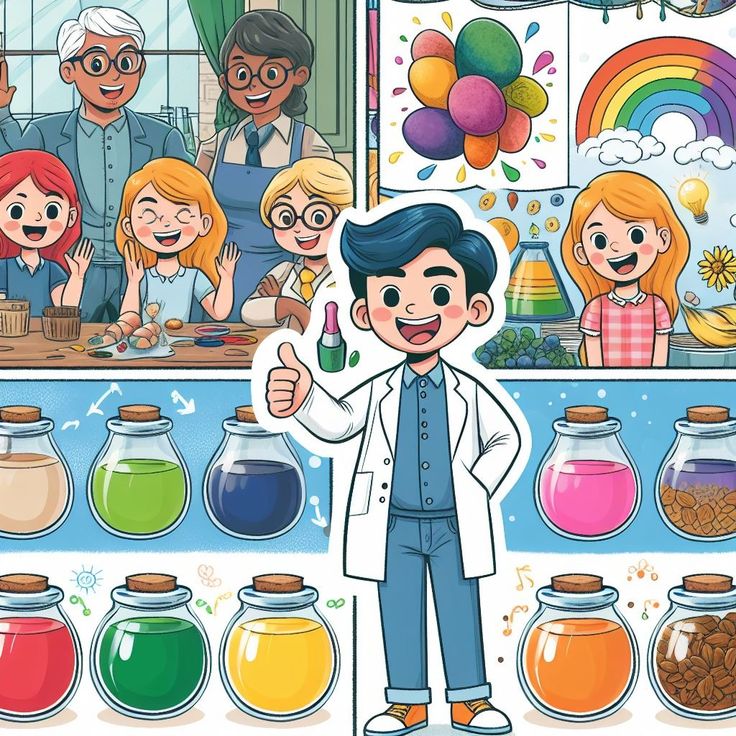
Natural dyes have advantages, but have technical issues.
They are excellent for natural fibers (cotton, linen, wool, and silk) but not man-made ones.
It has poor color fastness qualities.
It has a lower affinity for fibers and forms weak bonds with them.
There is no standardized coloring formula or process.
Mordant is used when dyeing with natural dyes that damage the environment.
Mordanting causes the dyeing hue to vary often.
Natural dyeing is highly costly and time-consuming.
III – Creating Natural Dyes
Collecting Materials
The first step in creating natural dyes is to collect materials. You can use components from plants such as leaves, flowers, roots, or seeds with solid colors. Additionally, some minerals can also be used to create unique colors. Collect materials near your home or anywhere you can find the necessary materials.
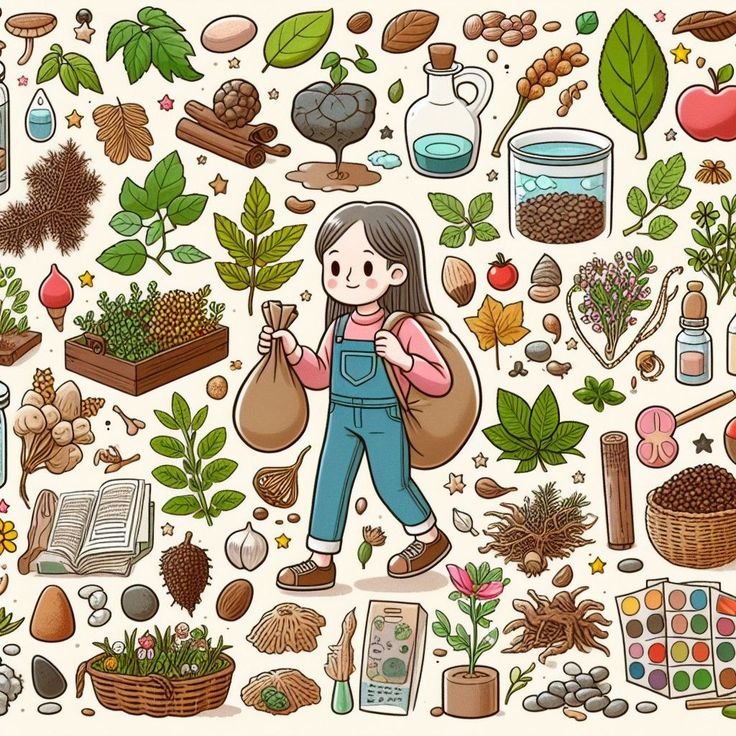
Preparation and Color Extraction
After collecting the materials, the next step is to prepare and extract the color. You need a large pot, water, and a mordant such as vinegar or salt. Boil the material and water mixture for a certain period (usually from 1 to 4 hours). Stir evenly to ensure the color is extracted evenly.
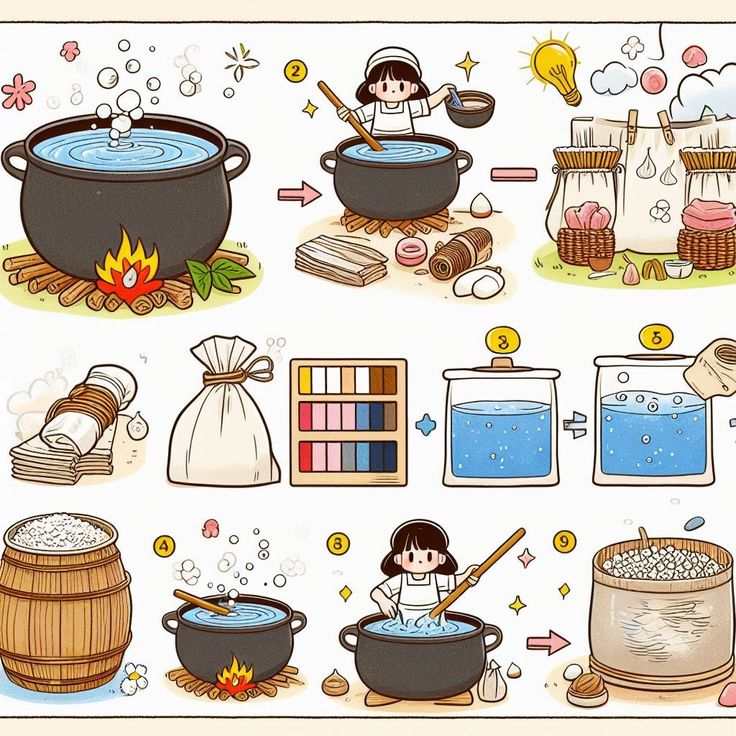
Filtering and Color Testing
After boiling, filter out the residue and keep the colored water. You can test the color by dipping a small piece of fabric into the dye and letting it dry. Adjust the boiling time or add materials to achieve the desired color.
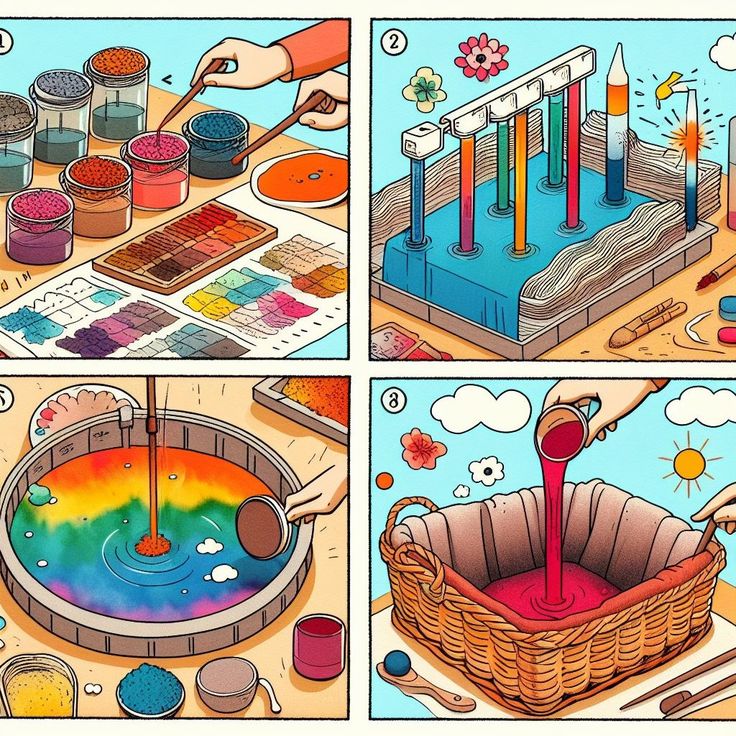
Dyeing Fabric and Objects
You can start dyeing fabric or other objects. Soak the cloth in warm dye and stir gently to ensure the dye penetrates evenly. The soaking time may vary depending on the type of fabric and the desired color intensity.
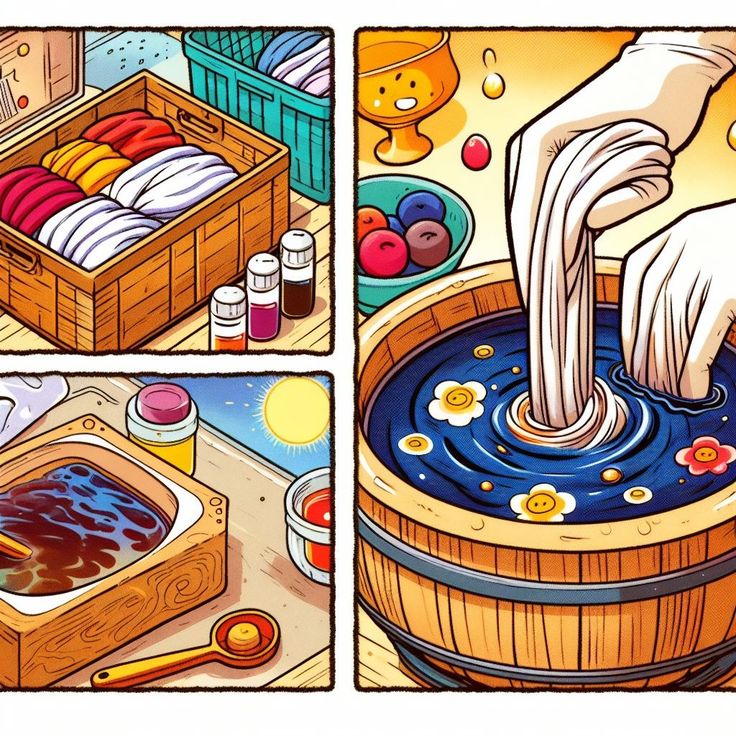
Rinsing and Fixing the Color
After dying, rinse the fabric in cold water until it is transparent. Add vinegar or apple cider vinegar to the final rinse water for color correction.
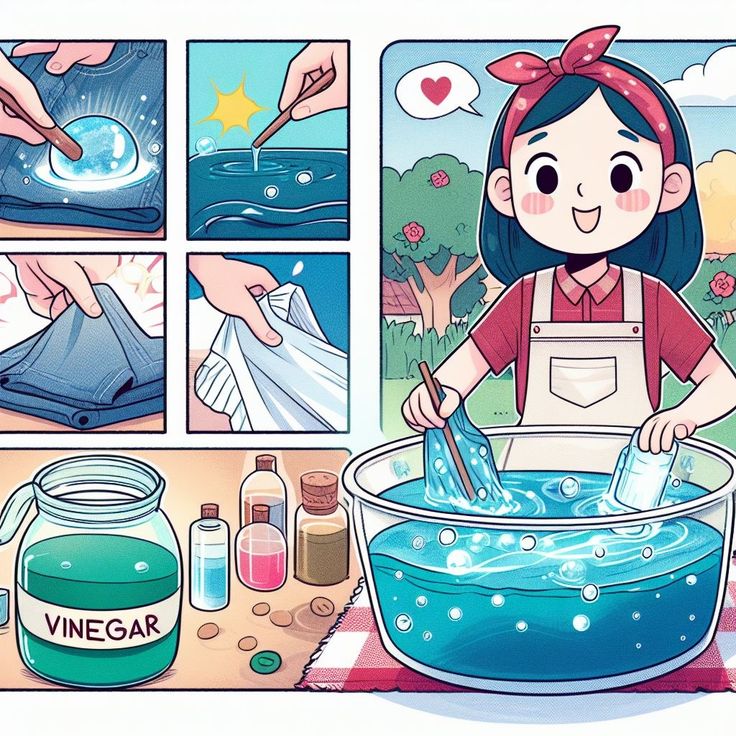
Related topic: Fantasy Map Design: Crafting Worlds of Wonder
IV – Sustainable Art in Practice
Incorporating natural dyes into your craft and art projects enhances the work’s value and is environmentally friendly, reducing harmful substances released into nature.
Clothing coloring and conditioning
One of the most common applications in natural medicine is fabric dyeing and decorating. Create beautiful designs and patterns on dresses, clothes, bed sheets and gloves.
Aesthetic art with natural dyes
You can dye paper, wood or any other material to create unique and eye-catching works of art. Colors from natural dyes will make your work stand out and bring a nature-friendly feel. You’ll surely get a lot of admiring looks from your peers!
Crafts and furniture with natural dyes
In addition, natural materials are used in crafts and various decorative areas. You can dye leather, fibers, paper and fabric to create textiles, embroidery, decorations or any other craft. The creativity and ability to combine colors will help you create unique and personal work.
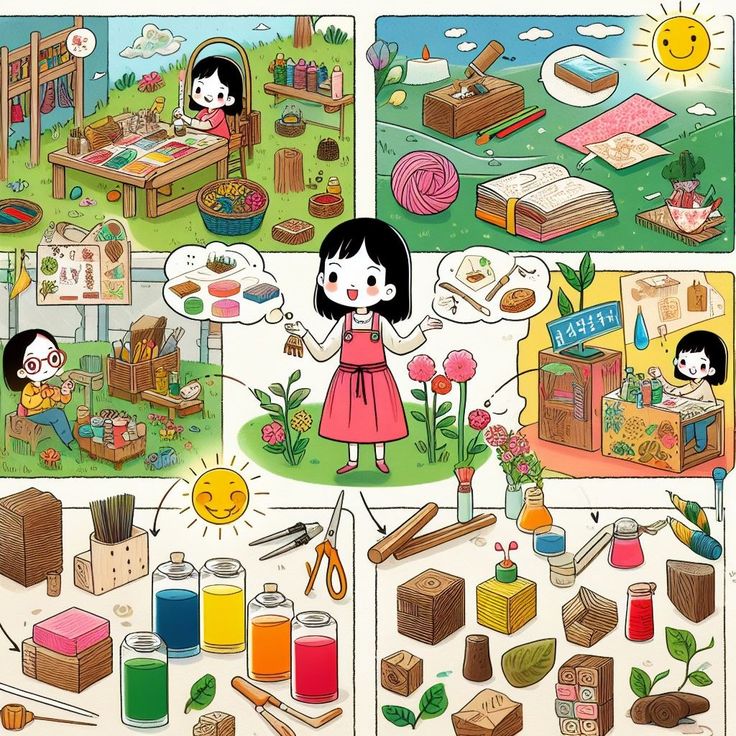
We use natural dyes to color clothes because we want something that is not carcinogenic and does not affect the environment. Toxic and allergic responses to synthetic colors have prompted individuals to reconsider natural dyes. Natural dyes provide a renewable source of color ingredients. Natural colors are utilized in food, medicine, handicrafts, and textiles. Synthetic colors have several negative impacts and continually pollute the environment. Many experts are now studying natural dyes to safeguard them from negative consequences. Many fashion and boutique firms are now employing natural colors. Several natural dyes are suitable for the human body when used on materials. So, we need to undertake a lot more study on natural dyes.
Start this exciting journey today. Collect materials, experiment with formulas, and create colorful and inspiring works of art. Each step will bring you joy and a deeper appreciation for the beauty of nature. Let the art of natural dyeing inspire you and create memorable works that bring joy and peace to your soul.
V – FAQ
What are the best materials to create natural dyes?
The best ingredients to create natural dyes include berries, leaves, roots, and tree bark. Each material has its own color; for example, berries can give pink and red colors, while leaves and grass can provide green and yellow. Some of the best materials to create natural dyes include: tomatoes, basil, cloves, fruit peels (like orange peel, lemon peel), logwood, birch leaves, mulberry leaves, sunflower leaves, and colored fruits.
How long do natural dyes last?
The colorfastness of natural dyes depends on many factors such as the type of colorant material, type of fabric, dyeing method, and storage method. However, natural dyes can retain color for many years if used correctly and stored in wells.
Will natural dyes fade over time?
Some might, giving your art a beautiful, vintage look. But remember, every masterpiece has its quirks.
Is it safe for kids?
Absolutely! It’s probably safer than letting them loose with permanent markers.
Creating art with natural dyes fuses nature’s essence with our creative spirit. We invite you to join us in exploring… View More




